1. New Harmony, Indiana
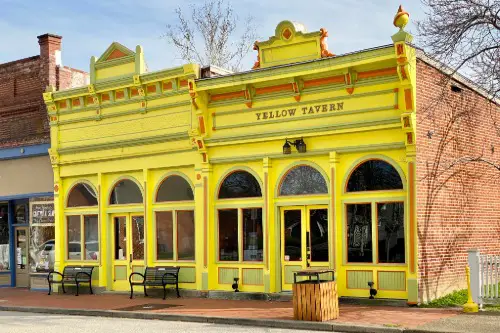
Founded in 1825 by Scottish industrialist Robert Owen, New Harmony was supposed to be a model society built on equality, education, and communal living, according to Encyclopædia Britannica. Owen believed that a rational, cooperative lifestyle would eliminate poverty and social injustice. For a while, the town attracted scientists, educators, and free-thinkers eager to build a better world. But it didn’t take long for things to fall apart.
Leadership struggles, a lack of skilled labor, and vague organization caused the whole thing to unravel in just a couple of years. People couldn’t agree on how to manage daily life, and Owen’s lofty ideals clashed with practical realities. By 1829, New Harmony was already considered a failed experiment. It’s now more of a historic curiosity than the beacon of utopia it aimed to be.
2. Ruskin, Tennessee
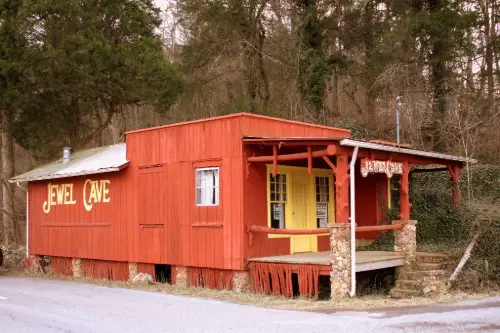
Ruskin was a late-19th-century socialist colony named after English thinker John Ruskin, who inspired a vision of a cooperative, worker-owned community, according to Matthew Sherrill from Oxford American. Founded in 1894, the colony attracted writers, reformers, and labor activists who believed capitalism was the root of society’s problems. They published their own newspaper, shared property, and tried to live out their ideals of equality and self-governance. At its peak, around 250 people called Ruskin home.
But ideological purity didn’t guarantee survival. The colony quickly became bogged down by internal disagreements about how much authority leaders should have and how strictly socialist values should be enforced. Financial instability and personality clashes drove members away, and by 1899, the dream had collapsed. Ruskin vanished almost as quickly as it appeared, leaving behind little more than a forgotten footnote in the history of American utopian experiments.
3. Brook Farm, Massachusetts
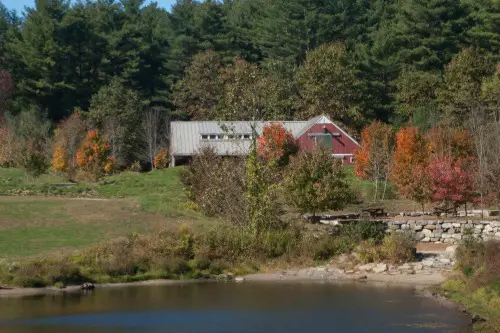
Brook Farm was established in the 1840s by a group of Transcendentalists who wanted to merge intellectualism with manual labor, according to Kim Reynolds from the Boston Public Library. The founders, including George Ripley, envisioned a place where writers, thinkers, and farmers would live in harmony, free from materialism. For a few years, the community attracted big names like Nathaniel Hawthorne and Margaret Fuller. Everyone pitched in—farming by morning, deep discussions by night.
The dream unraveled when finances tanked and their fancy new building (the Phalanstery) burned down before it was finished. People got tired of the hard labor and realized maybe philosophy didn’t mix well with mucking stalls. By 1847, the whole thing collapsed. Turns out, you can’t talk your way through economic failure.
4. Amana Colonies, Iowa
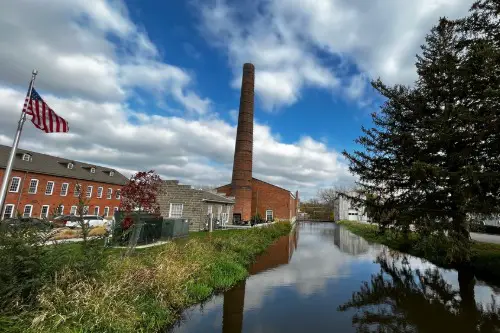
The Amana Colonies were founded in the mid-1800s by a group of German Pietists who wanted religious freedom and communal simplicity, according to Iowa PBS. Everything was shared—land, labor, meals—and for decades, it worked relatively smoothly. The towns were beautifully organized, and the people lived modest but secure lives, largely cut off from the outside world. Their spiritual beliefs were the backbone of the system.
But by the 1930s, cracks started to show. Younger generations wanted more freedom and modern conveniences, and the Great Depression strained their economic model. The group formally ended communal living in 1932 and shifted to private enterprise. Today, Amana is more of a tourist stop than a functioning utopia.
5. Llano del Rio, California
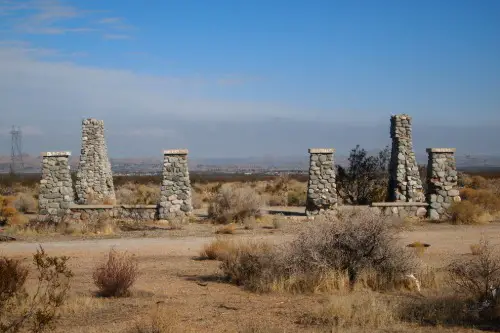
In the early 1900s, socialist Job Harriman envisioned Llano del Rio as a self-sufficient community in the California desert. The plan was to build a worker-run town with no capitalism, plenty of shared resources, and equal say for all. It drew hundreds of settlers who believed in the socialist dream. For a while, it actually kind of worked.
But water shortages, governance issues, and increasing factionalism brought it all crashing down. Harriman’s idealism couldn’t survive in a place where irrigation was a nightmare and ideological infighting was constant. By 1918, the dream was abandoned and the settlers scattered. All that remains are a few ruins and a big “what if.”
6. Fruitlands, Massachusetts
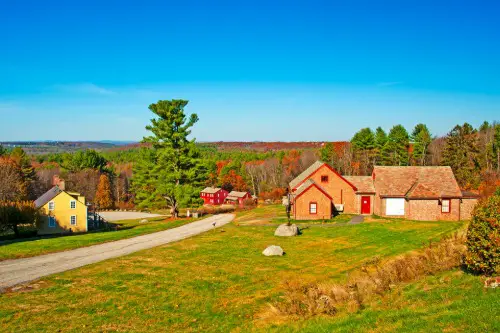
Founded by Bronson Alcott (father of Louisa May Alcott) and Charles Lane in 1843, Fruitlands was a transcendentalist commune with very specific rules. No animal labor, no animal products, no bathing in warm water—it was extreme even by utopian standards. The founders believed that self-denial and pure living would lead to enlightenment. They lived off fruit, wore linen instead of cotton, and even avoided plowing the land.
Spoiler alert: it didn’t go well. The diet left people weak and hungry, the harsh New England winter hit hard, and members started bailing fast. The whole thing only lasted seven months before collapsing. Even Louisa May Alcott later mocked it in her writings—Fruitlands was more farce than future.
7. Oneida Community, New York
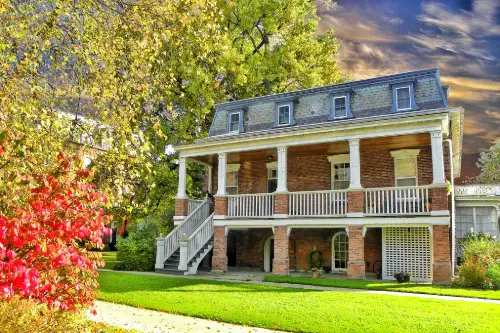
The Oneida Community, founded in 1848 by John Humphrey Noyes, was a blend of religious zeal and radical social experimentation. They practiced “complex marriage,” meaning everyone was married to everyone else—no monogamy allowed. They also shared child-rearing responsibilities and ran communal businesses, including silverware manufacturing. At its peak, the community had hundreds of members and appeared surprisingly stable.
But internally, it was a mess. Noyes exercised near-total control, and his “stirpiculture” breeding program (yes, eugenics) raised serious ethical red flags. Dissension grew, and after Noyes fled to Canada in 1879, the community dissolved. Ironically, their silverware company outlived the utopia—and still exists today.
8. Zion, Illinois
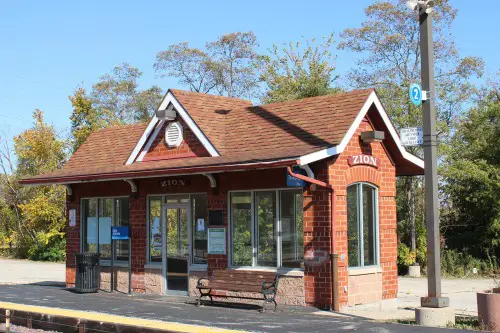
Founded in 1901 by faith healer John Alexander Dowie, Zion was meant to be a theocratic city where only his followers could live. The town’s rules were strict—no dancing, drinking, or theater—and Dowie controlled everything from land ownership to businesses. It was designed to be God’s kingdom on Earth, with Dowie at the helm. Early on, thousands of people moved in, believing they were part of a divine plan.
But it all went sideways when Dowie mismanaged funds and got caught living lavishly off church donations. He was ousted by his own followers, and leadership chaos followed. Zion transitioned into a regular town, but the damage to its utopian dreams was permanent. What started as a holy experiment ended as a cautionary tale in cult control.
9. Arcosanti, Arizona
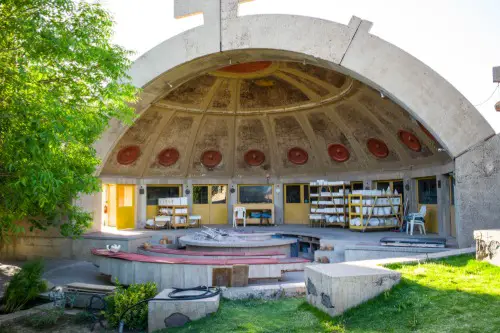
Architect Paolo Soleri launched Arcosanti in the 1970s as a prototype city blending architecture and ecology—what he called “arcology.” It was supposed to be a self-sufficient urban laboratory in the Arizona desert, housing 5,000 people in harmony with nature. With beautiful designs and strong ideals, it attracted artists, students, and dreamers. Construction began with great enthusiasm.
But progress was glacial. Decades later, fewer than 100 people live there full-time, and much of the original plan remains incomplete. Financial limitations and leadership issues stunted the vision. Arcosanti still stands, but it’s more an art piece than a living, breathing utopia.
10. Helicon Home Colony, New Jersey
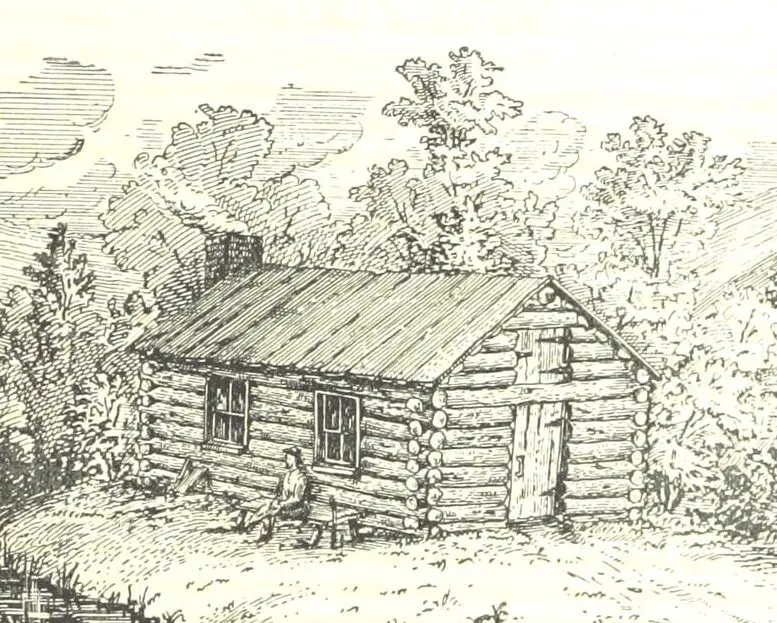
This short-lived community was started by author Upton Sinclair in 1906 as a co-op for intellectuals and artists. The idea was to eliminate household labor by sharing resources and duties so residents could focus on creativity. Writers, scientists, and reformers moved in, excited to be part of something new. It even got some attention for its early push toward gender equality in domestic tasks.
But within a year, the main building burned down in a suspicious fire, and the colony never recovered. Sinclair had poured a fortune into the project, and after the fire, he couldn’t rally the funds or support to rebuild. Whether it was sabotage or bad luck, the dream died fast. Helicon became yet another example of utopia meeting a harsh reality.
11. Harmony Society, Pennsylvania
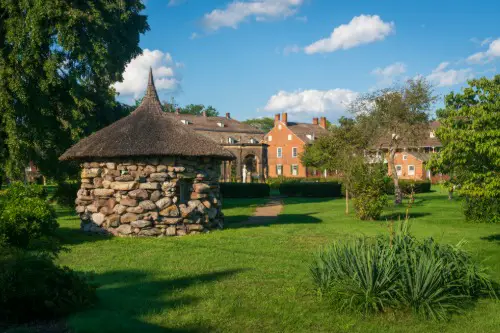
The Harmony Society, led by George Rapp, was founded in the early 1800s by German immigrants seeking religious purity and communal living. They believed in celibacy, hard work, and waiting for Christ’s return. The community was highly industrious and successful for decades, running profitable businesses and building multiple towns. In some ways, it was a rare example of a utopia that sort of worked—for a while.
But, well, celibacy isn’t exactly great for population growth. As older members died off and recruitment slowed, the community began to shrink. By the late 1800s, the Harmony Society was no more. Their strong work ethic couldn’t save them from their own rules.
12. Aurora Colony, Oregon
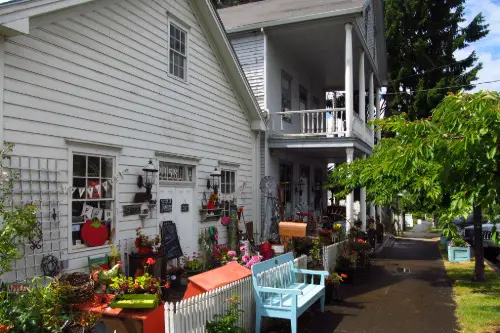
Established in 1856 by German religious leader Wilhelm Keil, the Aurora Colony was supposed to be a perfect Christian society in the Pacific Northwest. Members shared property, worshiped together, and avoided worldly temptations. For a time, it thrived, building homes, workshops, and a communal spirit. Keil ruled as a kind of spiritual patriarch, guiding the town’s values.
But when Keil died in 1877, the colony quickly disbanded. Without his leadership, there was no real structure in place to keep things going. The shared property was divided up, and families drifted into the regular rhythms of American life. Aurora is now a quaint town with historic charm, but the utopia is long gone.
13. Drop City, Colorado

Drop City was founded in 1965 by a group of artists and free-thinkers who wanted to create an anti-materialist, communal society. Built out of recycled materials and inspired by geodesic domes, it looked like a living art project. The founders envisioned a place where creativity ruled and no one had to answer to “The Man.” At first, it flourished with music, art, and radical ideals.
But word spread fast, and the town was soon overwhelmed by people less interested in building and more into partying. Without rules or structure, things got chaotic—violence, drug abuse, and infighting became common. By the early 1970s, the original founders left, and Drop City fell apart. It became an emblem of 1960s counterculture—and how good vibes alone don’t make a functioning society.
14. The Villages, Florida
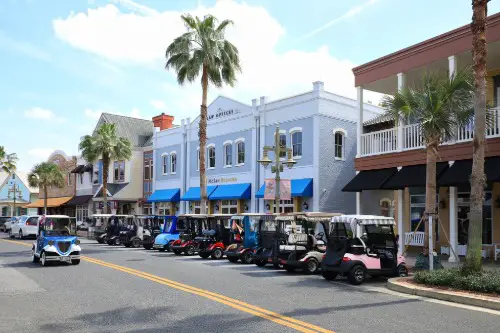
The Villages markets itself as a retirement paradise with golf carts, nightly dancing, and sunny vibes—but some see it as a utopia that went weird. Designed to offer everything residents could want in one bubble, it’s the fastest-growing metro area in the U.S. With strict rules, a strong social code, and plenty of planned activities, it’s utopia for some—but not all. Critics argue it can feel like a dystopia of conformity and political homogeneity.
Scandals, lawsuits, and social tensions have punctured the perfect image. Despite its success, The Villages has also become a symbol of segregation by age and ideology. What was supposed to be paradise sometimes feels more like a gated Truman Show. It’s thriving, sure—but whether it’s utopia or just a very curated illusion is up for debate.


